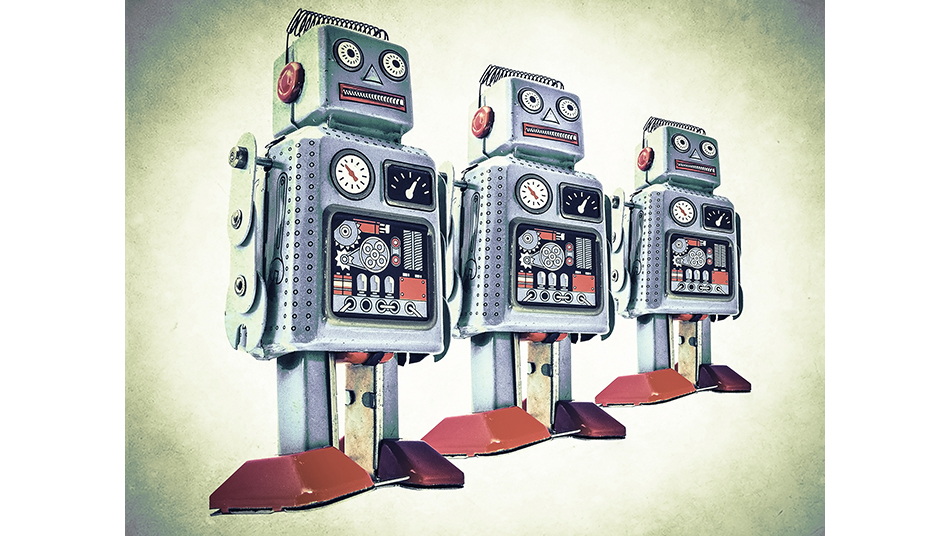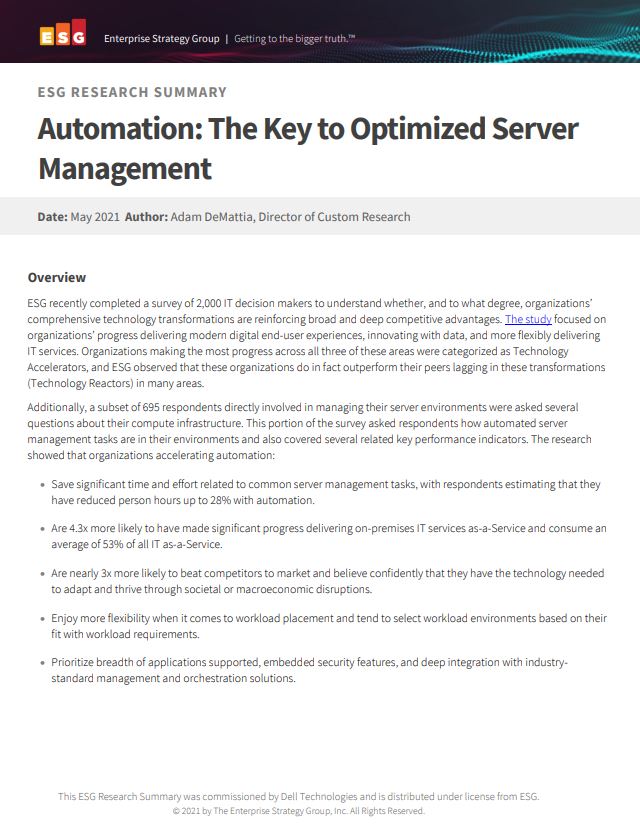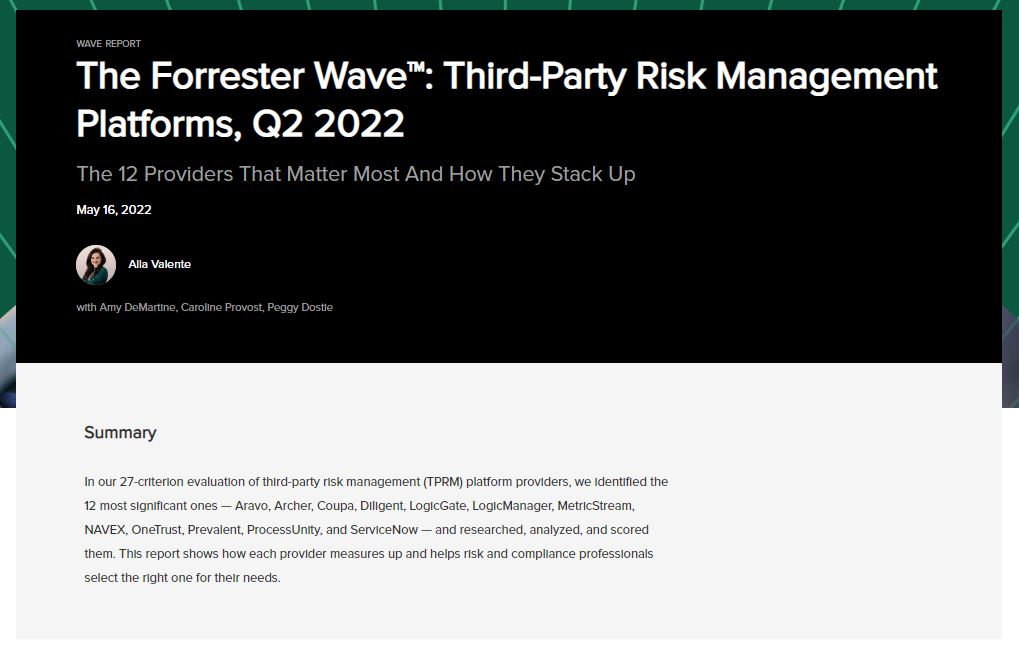Do firms need a chief robotics officer to oversee automation efforts?
Gartner urges organizations to create the new role to implement and manage robotics strategies


Organizations should consider creating the role of a chief robotics officer to tackle the growing use of robotics and automation within the workplace.
Robotics and automation are taking over more tasks in organizations and as such, businesses need someone to manage the proliferation of these technologies, according to a panel discussion at Gartner’s virtual supply chain symposium.
RELATED RESOURCE

Evaluating S/4HANA and RISE as part of your digital transformation journey
How to develop a business case for SAP S/4 HANA and RISE
Nearly every business is going to have a robot doing something for them within the next decade, says Dwight Klappich, VP analyst with the Gartner Supply Chain practice. He added that in a survey of more than 500 supply chain professionals last year, the analyst firm found that that 96% of respondents had used, or plannedto use, cyber-physical automation in warehousing and manufacturing operations.
The discussion heard that while the robotics market offers a variety of options to potential buyers as innovation keeps pace with demand, many organizations lack internal robotics and automation expertise and don’t know enough to make an informed and strategic decision. This means that most firms haven’t figured out who owns, and should manage, their growing fleets of robots.
Klappich said that automation is going to be much more strategy-led in the future.
“If a retailer wants to establish an automated micro fulfillment center, there needs to be a strategy on how this will come to be. Someone must take on the leadership role and develop this strategy and the organization to implement it. This person needs in-depth technology skills, but also must have a sense for how automation fits into the broader organization and drives value to the business,” he added.
According to Gartner, the skill set of a chief robotics officer should combine skills from the engineering, IT, and business realms. However, one big challenge was the multitude of cultural differences between those areas. While engineers ant to make things as safe as possible, even if it takes more time for testing. IT values agile processes and likes to fail fast and move on.
Sign up today and you will receive a free copy of our Future Focus 2025 report - the leading guidance on AI, cybersecurity and other IT challenges as per 700+ senior executives
Added to this is the business mindset that needs to consider the value of humans, resources, and processes and how to best combine them. Finding someone who can balance these often-conflicting cultures will be game-changing, experts agree.
“The CRO role in supply chain will evolve similar to the CIO role in IT and start gaining in importance over the decade. If an organization is already automation-heavy, or wants to be, it’s best to start out with establishing a robotics center of excellence and work their way from there,” Klappich added.
Rene Millman is a freelance writer and broadcaster who covers cybersecurity, AI, IoT, and the cloud. He also works as a contributing analyst at GigaOm and has previously worked as an analyst for Gartner covering the infrastructure market. He has made numerous television appearances to give his views and expertise on technology trends and companies that affect and shape our lives. You can follow Rene Millman on Twitter.
-
 Microsoft wants to replace C and C++ with Rust by 2030
Microsoft wants to replace C and C++ with Rust by 2030News Windows won’t be rewritten in Rust using AI, according to a senior Microsoft engineer, but the company still has bold plans for embracing the popular programming language
-
 Google drops $4.75bn on data center and energy firm Intersect
Google drops $4.75bn on data center and energy firm IntersectNews The investment marks the latest move from Google to boost its infrastructure sustainability credentials
-
 Automate personalization with AWS
Automate personalization with AWSWhitepaper How marketers can automate, deliver, and analyze billions of personalized messages and offers per day
-
 How a hyper-automation platform can drive value for your bank
How a hyper-automation platform can drive value for your bankWhitepaper Five ways automated processes can drive revenue and growth
-
 Appian wants to be the AI company for AI skeptics
Appian wants to be the AI company for AI skepticsAnalysis The firm outlines its AI strategy at Appian World 2023 while using ChatGPT and Midjourney to create scripts and imagery for keynote presentations
-
 What the US-China chip war means for the tech industry
What the US-China chip war means for the tech industryIn-depth With China and the West at loggerheads over semiconductors, how will this conflict reshape the tech supply chain?
-
 Workday hit with claims its AI hiring systems are discriminatory
Workday hit with claims its AI hiring systems are discriminatoryNews An African American plaintiff has alleged that Workday's systems prevented him from being hired on the basis of his race, age, and mental health
-
 Automation: The key to optimised server management
Automation: The key to optimised server managementWhitepaper Deliver modern digital end-user experiences, innovate with data, and more flexibly deliver IT services
-
 The Forrester Wave™: Third party risk management platforms
The Forrester Wave™: Third party risk management platformsWhitepaper The 12 providers that matter the most and how they stack up
-
 Drive digital transformation with IBM process mining
Drive digital transformation with IBM process miningWhitepaper A process discovery, analysis and monitoring technique to help businesses succeed throughout the entire DX journey
